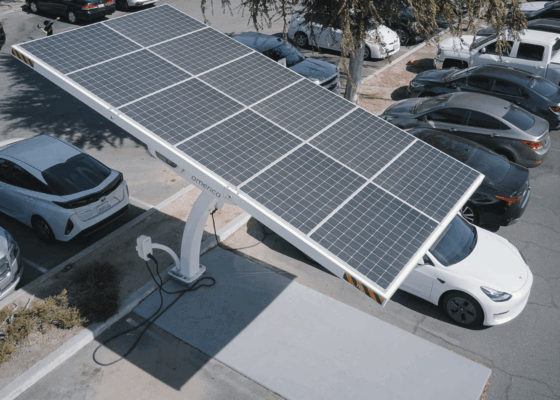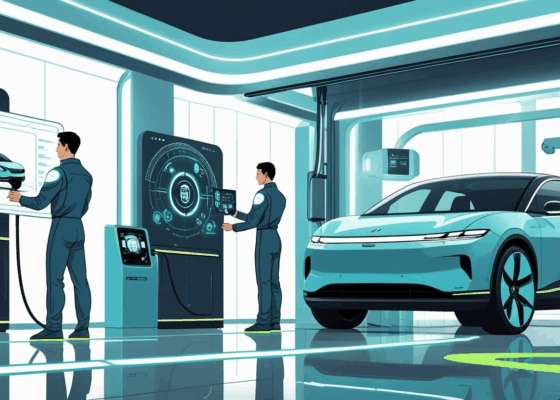AVERAGE READING TIME: 2 Min 52 Sec
The numbers speak for themselves. In December 2019, only 0.6% of passenger cars registered in Austria were purely electric. This is roughly equivalent to one electric car for every 170 conventionally powered cars. A vanishingly small number.
In order to achieve the government’s goals and multiply the number of electric vehicles on Austria’s roads by 2030, the expansion of the charging infrastructure plays a key role. There is still a lot of catching up to do here, especially in rural areas.
However, in order to introduce electromobility nationwide, good coverage of rural areas with charging stations in particular is essential.
So far, an overwhelmingly large proportion of initiatives and expansion concepts for charging infrastructure in Austria have focused on purely urban areas, i.e. the larger cities, or have only dealt with the installation requirements for individual charging stations. Municipalities and small towns in rural regions urgently need professional support in surveying the (future) required charging infrastructure.
Our contribution to the development of e-mobility in rural areas
In order to support municipalities and cities in rural areas, accilium has developed a planning software that makes it possible to efficiently and economically determine the necessary charging infrastructure requirements, especially in rural areas.
With our planning software, the development of the electric car stock for the next decades can be forecasted on a community level, whereby an individual stock ramp-up of electric vehicles can be calculated for each community, taking into account spatial structural, mobility-specific and socio-economic data.
Scenario-based forecasts can be used to simulate different developments in electromobility and make appropriate decisions. It is also possible to prioritize specific objectives.
Several influencing criteria, such as compliance with Austrian climate targets or a gradual ramp-up of electromobility due to emerging competing technologies like hydrogen, can be taken into account. Depending on the selected parameters, our planning software directly calculates the required charging infrastructure for the municipalities.

Consideration of economic efficiency when optimizing charging infrastructure
Considering the existing charging needs helps to identify synergy potentials in order to find the right balance between a satisfactory number of charging options and the economic efficiency of charging station operation. For example, charging stations at the right locations could be used by employees or customers of a local business during the day and made available to surrounding residents for private use after work hours.
A special role in the calculation is played by the possibility of charging at the place of residence or employer, since a high number of private parking spaces in the less densely populated regions of Austria lowers the need for public charging stations. Nevertheless, the complementary expansion of public (fast) charging infrastructure is also necessary there to reduce the “range anxiety”.
However, operating public charging stations in rural regions economically is a challenge for most charging station providers. Often, the utilization of charging stations is relatively low due to the current high proportion of private charging stations, which discourages investors.
For this reason, the public sector is called upon to become actively involved itself. Taking on a pioneering role in the field of electromobility in turn increases the attractiveness for residents and employers and also enables a rapid switch to climate-friendly mobility in rural regions. Our planning tool can provide support here.
Electromobility development planning – benefits for municipalities and small towns
The use of the planning software results in a number of advantages that considerably facilitate infrastructure planning:
- Data-based forecasts on the development of electromobility
- Targeted planning for the construction of charging infrastructure
- Information on the changing mobility needs of citizens
- Discussion basis for the dialog between politics, economy and citizens
Together with accilium, Austria’s rural communities and cities can thus also become beacons of the mobility turnaround and advance the electrification of motorized individual transport. With interest in our planning software you can contact us gladly.






 ISO/IEC 27001:2013 certified
ISO/IEC 27001:2013 certified